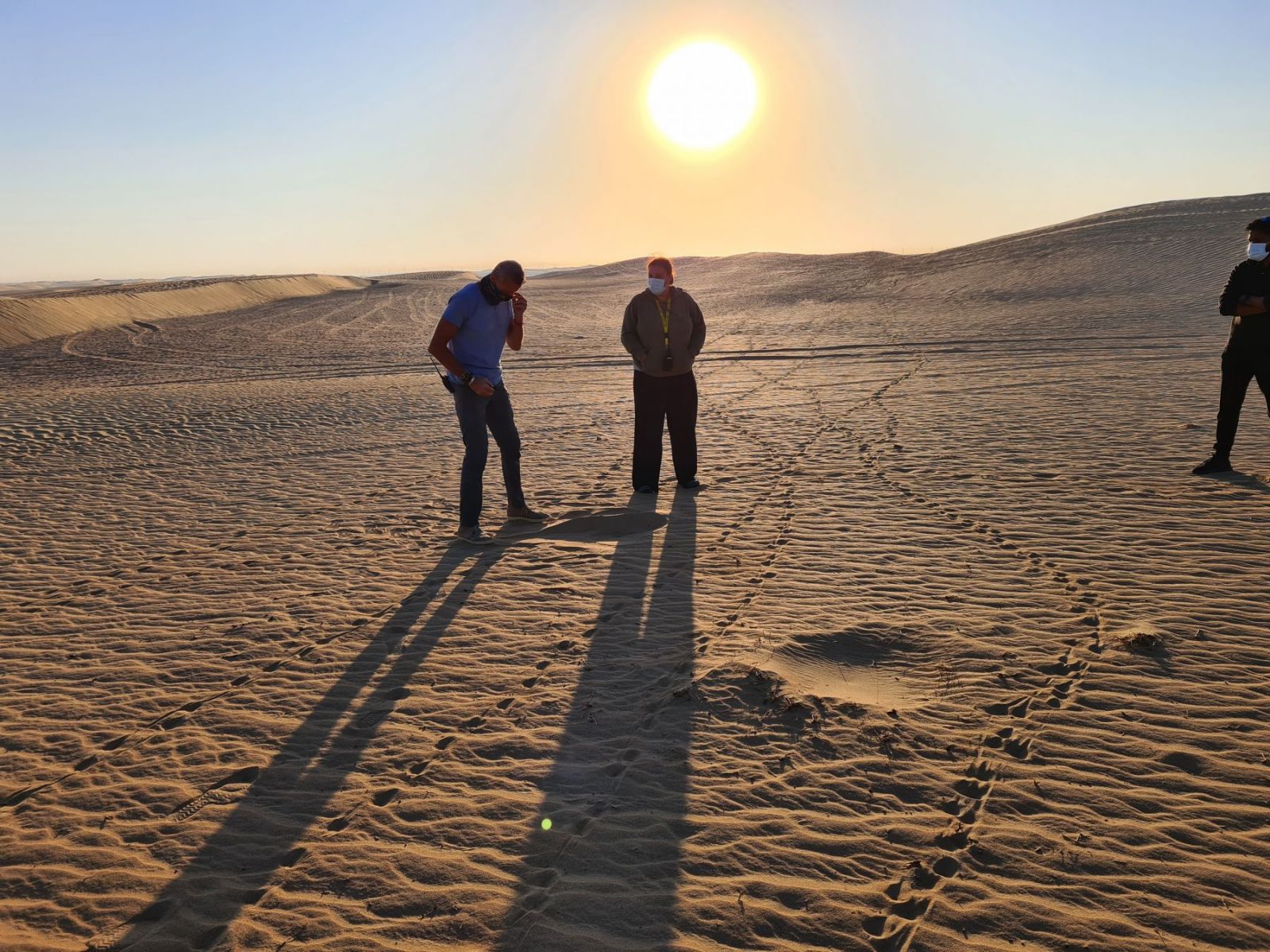-
4.9 Stars ⭐⭐⭐⭐⭐ 452 Google Reviews
-
Posts
562 -
Joined
-
Last visited
-
Days Won
2 -
Country
United Arab Emirates -
Carnity Points
141 [ Donate ]
Content Type
Profiles
Forums
Advice
Business Listing
Car Deals
Recall
OBD II Car Diagnostics
Guest lead capture
STORE
Events
Gallery
Blogs
Posts posted by syed salman raza
-
-
-
-
Please suggest best place in Dubai to purchse towing ropes and what should be the specification like load capacity and lenth
-
 2
2
-
-
-
-
Congratulations @Gregory Perkin
-
 2
2
-
 1
1
-
-
-
-
-
@Wrangeld yes it was a spring they forgot to connect properly
All settled drove 200 km today just to check, all good
Hope to be in next drive with you
-
 2
2
-
 1
1
-
-
Iam in for afternoon drive on 29th Oct
Please confirm @DANIEL NOGUEIRA in the drive in my place. Thanks a lot.
-
 1
1
-
 1
1
-
-
I do have a compressor
I am attending only 29th afternoon drive on 31st I am on waiting list
-
 1
1
-
 1
1
-
-
-
-
I removed my name from 31st morning drive,hope to see you on 29th noon
-
 1
1
-
 1
1
-
-
-
 1
1
-
-
Totally agree
-
 2
2
-
-
Totally agree
-
 2
2
-
 1
1
-
-
-
Hi
Please put me in the waiting list
-
 1
1
-
-
Just dropped my TJ to Rammy auto with nerw pcm ,another few days o get result
-
Q: What should I do if my vehicle stalls, or is about to stall, and I can’t make it up the hill? A: If this happens, there are some things you should do, and there are some things you must not do. First, here’s what you should do: Push the brake pedal to stop the vehicle and keep it from rolling backwards. Also, apply the parking brake. If your engine is still running, shift the transmission to REVERSE (R), release the parking brake, and slowly back down the hill in REVERSE (R). If your engine has stopped running, you’ll need to restart it. With the brake pedal pressed and the parking brake still applied, shift the transmission to PARK (P) and restart the engine. Then, shift to REVERSE (R), release the parking brake, and slowly back down the hill as straight as possible in REVERSE (R). As you are backing down the hill, put your left hand on the steering wheel at the 12 o’clock position. This way, you’ll be able to tell if your wheels are straight and maneuver as you back down. It’s best that you back down the hill with your wheels straight rather than in the left or right direction. Turning the wheel too far to the left or right will increase the possibility of a rollover. Here are some things you must not do if you stall, or are about to stall, when going up a hill. Never attempt to prevent a stall by shifting into NEUTRAL (N) to “rev-up” the engine and regain forward momentum. This won’t work. Your vehicle will roll backwards very quickly and you could go out of control. Instead, apply the regular brake to stop the vehicle. Then apply the parking brake. Shift to REVERSE (R), release the parking brake, and slowly back straight down. Never attempt to turn around if you are about to stall when going up a hill. If the hill is steep enough to stall your vehicle, it’s steep enough to cause you to roll over if you turn around. If you can’t make it up the hill, you must back straight down the hill. 4-31 Q: Suppose, after stalling, I try to back down the hill and decide I just can’t do it. What should I do? A: Set the parking brake, put your transmission in PARK (P) and turn off the engine. Leave the vehicle and go get some help. Exit on the uphill side and stay clear of the path the vehicle would take if it rolled downhill. Do not shift the transfer case to NEUTRAL when you leave the vehicle. Leave it in some gear.
Driving Downhill When off-roading takes you downhill, you’ll want to consider a number of things: How steep is the downhill? Will I be able to maintain vehicle control? What’s the surface like? Smooth? Rough? Slippery? Hard-packed dirt? Gravel? Are there hidden surface obstacles? Ruts? Logs? Boulders? What’s at the bottom of the hill? Is there a hidden creek bank or even a river bottom with large rocks? If you decide you can go down a hill safely, then try to keep your vehicle headed straight down, and use a low gear. This way, engine drag can help your brakes and they won’t have to do all the work. Descend slowly, keeping your vehicle under control at all times. CAUTION: Heavy braking when going down a hill can cause your brakes to overheat and fade. This could cause loss of control and a serious accident. Apply the brakes lightly when descending a hill and use a low gear to keep vehicle speed under control. 4-33 Q: Are there some things I should not do when driving down a hill? A: Yes! These are important because if you ignore them you could lose control and have a serious accident. When driving downhill, avoid turns that take you across the incline of the hill. A hill that’s not too steep to drive down may be too steep to drive across. You could roll over if you don’t drive straight down. Never go downhill with the transmission in NEUTRAL (N). This is called “free-wheeling.” Your brakes will have to do all the work and could overheat and fade. Q: Am I likely to stall when going downhill? A: It’s much more likely to happen going uphill. But if it happens going downhill, here’s what to do. Stop your vehicle by applying the regular brakes. Apply the parking brake. Shift to PARK (P) and, while still braking, restart the engine. Shift back to a low gear, release the parking brake, and drive straight down. If the engine won’t start, get out and get help.
-
 1
1
-
-
Brake and Throttle Modulation for Enhanced Mobility The use of this technique will give the driver the ability to traverse challenging obstacles with more confidence, safety and care to both the vehicle and the terrain. It allows the driver to gain control of the vehicle systems and place power and wheel torque where it is needed most. This is how it works: For logs, walls, rocks, severe ditches, etc. 1. Bring the vehicle to a complete stop. Do not overspeed the engine. 2. Select the proper transmission and transfer case gear range, usually FIRST (1) gear, 4LO Lock for such obstacles. 3. If wheel spin is experienced, let up on the throttle to slow the wheel spin. 4. Slowly, press the brake pedal with your left foot so all wheel spin is halted. 5. With the brake still applied, start pressing the throttle. As the engine gains power, gradually reduce the pressure applied to the brake. You can “feel” torque being distributed to the wheel that has the most traction as the vehicle starts to move. Once the vehicle is moving, hold the brake steady until all four wheels have cleared the obstacle. 6. After the first wheel crosses the obstacle, be prepared to modulate the brake and throttle for the other wheels. 4-23 For mounds, washouts, loose up-hill slopes, ditches, etc. When wheel spin occurs as the vehicle is moving, the driver may notice a slight shaking or shuddering of the vehicle. This is the indication that a loss of traction is occurring on this terrain. The operator should: 1. Reduce throttle. 2. Assess the terrain properly and adjust vehicle speed and gear ranges accordingly, 4HI or 4HI Lock position for higher speed, 4LO Lock for more torque and lower speeds. 3. Apply slight pressure to the brake when the shaking or shuddering sensation is felt, keeping the vehicle moving at a constant and controlled speed. 4. Be prepared to modulate the brake and throttle through the adverse terrain.
#Copied from Hummer H2 Owner's manual
-
 2
2
-
-
تقبل الله منا و منكم صالح الدعاء والأعمال وأهنئكم بحلول عيد الأضحي المبارك..أعاده الله عليكم وأهليكم وكل من تحبون بالخير والبركات.. كل عام وانتم بخير، عساكم من عواده 🌺🌹🌸🌹🌺🌸 Salman Raza and family 👪








Towing ropes specifications
in General Discussions
Posted
@Frederic thanks for advise I lkie to have arecovery rope to feel more safe
can I contact @Rahimdad to help me in procuring Viking rope and soft shakle